The term “power-to-weight ratio” has become synonymous with cycling. You won’t hear it in any other sport or any other facet of life. Power-to-weight ratio – typically described in terms of Watts per kilogram – is one of the most important performance metrics in cycling, and is often the difference between amateurs and professionals.
Cycling teams all across the world use the power-to-weight ratio as a way to scout riders, evaluate performances at talent ID camps, and see who has the potential to make it as a pro.
The power-to-weight ratio is how cycling fans talk about mountain top finishes at the Tour de France, measuring climbing records from Eddy Merckx to Tadej Pogačar.
A certain power-to-weight ratio can put a rider among the gods, capable of something that no other riders could achieve.
But more than that, the power-to-weight ratio is a basic measurement of cycling fitness, and an easy number to calculate and evaluate.
You can use the power-to-weight ratio to measure your past and current cycling fitness and set goals for the future.
In this article, we’re going to talk in-depth about power-to-weight ratio, what it means, how to measure it, how to calculate it, and how to use it to achieve your cycling goals.
Contents
What Does Power to Weight Ratio Mean?
The power-to-weight ratio is the amount of power a cyclist is putting into the pedals, divided by that rider’s bodyweight.
This number will tell you (roughly) how fast you can go over a certain segment of road – we’ll dive into those details in a minute. But first, here’s how to calculate the power-to-weight ratio.
Calculating Your Power to Weight Ratio
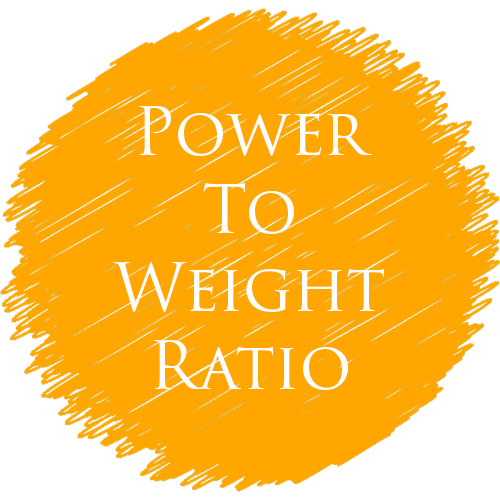 Power-to-weight ratio = Power output (Watts) / Rider weight (kg)
Power-to-weight ratio = Power output (Watts) / Rider weight (kg)
Power output is measured in Watts (w). It can be found through the use of a power meter or smart trainer. Power meters come in many different forms. They can be based in the crank arm, rear hub, pedals, and more.
Many indoor smart trainers such as the Wahoo KICKR and Saris H3 have internal power meters. You can connect to third-party apps such as Zwift or TrainerRoad, and read your power output right on the screen.
Rider weight is calculated as your total body weight. There are a few different schools of thought when it comes to which weight you should actually use.
The most important aspect is that your weight is measured consistently. Some riders measure their body weight first thing in the morning every day, while others wait until right before their ride.
Some riders measure their weight in just undergarments. Others measure their weight in their full cycling kit, plus their shoes and helmet. Again, it doesn’t really matter which time of day you measure your body weight, as long as you keep it consistent.
You can also calculate your power-to-weight ratio using pounds (lbs.) instead of kilograms (kg).
To convert from kilograms to pounds, multiple your weight in kilograms by 2.205.
If converting from pounds to kilograms, simply divide your weight in pounds by 2.2 (or 2.20462262185). Here’s an example power-to-weight ratio:
Power-to-weight ratio = Power output (Watts) / Rider weight (kg)
Or
Power-to-weight ratio in watts per pound = 300w / (75kg x 2.205)
What Do Watts Measure?

Watts is the unit for Power, which is the power output measured by a power meter on a bicycle.
Power is a function of force, distance, and time, and is measured using small devices that be placed on or inside different parts of a bicycle.
In other words, Power = Force x Distance / Time (measured in Watts)
Crank-based power meters are perhaps the most popular type of power meter, which measure power output (in Watts) on one or both sides of the crank arm.
There are many other types and locations of power meters, including pedal-based power meters, hub-based power meters, bottom bracket-based power meters, and chain ring-based power meters.
Each type of power meter measures the Wattage being produced at that specific location of the bike.
The way that power meters work is that they use strain gauges which convert the measurement force into an electrical charge. Simply put, when you apply force to a strain gauge, it bends microscopically, and this ‘bend’ can be measured and converted into the Power equation.
The electrical charge produced by a strain gauge as the result of force (and power) being applied to it is then relayed to an external device that can display that power output in Watts.
Want to learn more about power meters? See our in-depth explanation of what they are and how they work.
Built-In Power Meters
Many smart trainers – namely direct-drive smart trainers – have power meters built into them. You won’t even need to measure your power using an external device.
Related: Best Indoor Bike Trainers
These smart trainers connect to third-party apps such as Zwift and TrainerRoad using Bluetooth Smart or ANT+, and you’ll be able to see and record your power measurement in-game from the trainer itself.
So Watts is the unit for power output measured by a power meter. When we’re talking about the power-to-weight ratio, we’re taking the amount of power measured by your power meter (Watts), and dividing that number by your body weight (kg).
How Does the Power To Weight Ratio Affect Cycling?
Alongside aerodynamics and rolling resistance, power-to-weight ratio is one of the most important factors in determining our cycling speed.
When going uphill, the power-to-weight ratio is even more important. The speeds are lower and aerodynamics play less of a factor.
The power-to-weight ratio is often what separates amateurs from professionals, and first-time cyclists from seasoned cyclists. It also determines whether you’ll be able to ride up a hill or walk, and how fast you can climb up your favorite local climb.
Tour de France winners are often decided by their power-to-weight ratios or their w/kg performances on the toughest climbs of the Tour. This is when the power-to-weight ratio matters the most. Riders who can hold 6w/kg for more than 30 minutes take center stage as the best climbers in the world.
Your power-to-weight ratio will affect your cycling speed, especially on climbs.
The greater your power-to-weight ratio, the faster you’ll go – in general. On pancake-flat courses, absolute power is a better determinant of speed than power-to-weight ratio given equal aerodynamics (CdA).
In cycling, this point is mostly reserved for pure time trialists who focus on averaging the highest speed possible over a flat course.
For most cyclists – who navigate city streets, local climbs, Alpine mountains, and Gran Fondos, the power-to-weight ratio is an important factor. Especially when the road tips up. The steeper the gradient, the more important the power-to-weight ratio is to determining our cycling speed.
How to Increase Your Power-to-Weight Ratio
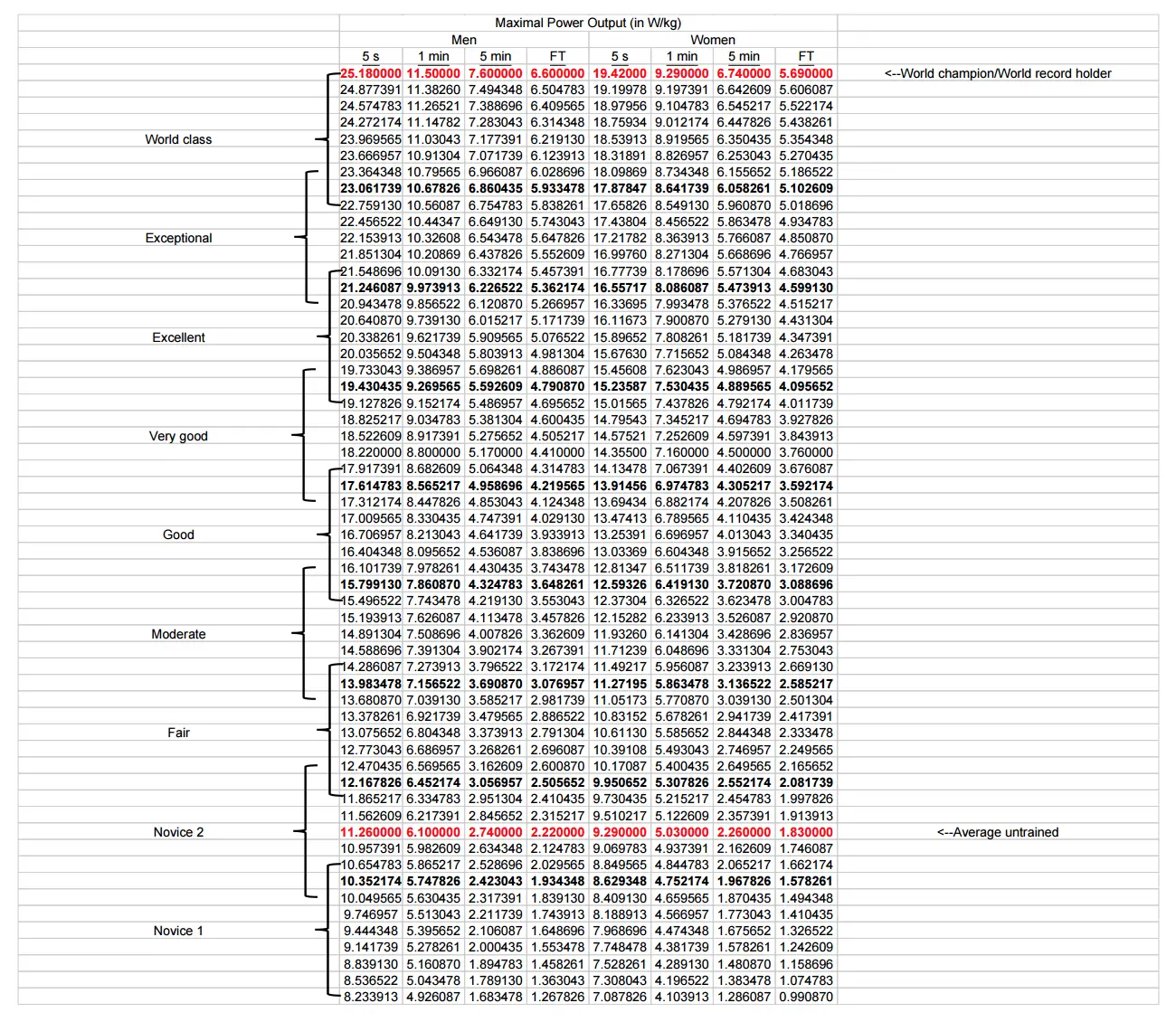
Looking at the formula for power-to-weight ratio, we can see that there are two ways to increase your w/kg: increase your power output, or decrease your weight.
The former is less complicated than the latter, while both have similar effects on your cycling performance.
Increasing your power output can be done by completing consistent training, high-intensity intervals, and structured rest periods. By structuring your training through a coach or well-designed training plan, you can get the most out of every hour you put in on the bike.
With limited training time – we all have jobs, families, and other responsibilities. There is only so much we can do on the bike. But by completing high-intensity interval training (HIIT) training sessions, long endurance rides, and goal-specific training rides, you can increase your power output on the bike.
You can also increase your power-to-weight ratio by decreasing your weight. However, you should be careful, as this is a much trickier process. The most important factor here is that you maintain the same (or better) power output on the bike.
When attempting to lose weight for cycling, you want to focus on losing excess body fat, as opposed to losing muscle. This will help maintain your overall strength and health, while simultaneously increasing your power-to-weight ratio.
As a general rule of thumb, you don’t want to be losing more than an average of 0.5kg per week.
If you are losing weight at a quicker rate than this, you are putting yourself at a greater risk of overtraining, chronic fatigue, injury, and burnout. Losing weight and improving your power-to-weight ratio is best when done consistently and gradually over a long period of time.
FAQ
What is a good power-to-weight ratio?
Power-to-weight ratios are most often grouped into categories for different levels of cyclists. A power-to-weight ratio of 5w/kg, for example, can be labeled “good” for recreational riders but is not the same for professionals.
In general, a good power-to-weight ratio for 20 minutes is around 2-3w/kg for amateur cyclists and 5-6w/kg for professional cyclists.
How do you calculate power to weight ratio?
The power-to-weight ratio is calculated by dividing your power output by your body weight. It is most often measured using Watts for power output, and kilograms for bodyweight.
Your power output comes from a power meter or smart trainer, and your body weight is your total body weight in your cycling clothing. You don’t need to include additional weight such as your bike, helmet, and shoes in the calculation of your power-to-weight ratio. Here’s the formula:
Power-to-weight ratio = Power output (Watts) / Rider weight (kg)
What is a good watts per kg?
W/kg is a wide spectrum for cyclists, from amateurs to professionals. However, renowned exercise physiologist Dr. Andrew Coggan has been one pioneer of power-based training, and he has helped create a few different charts which outline “good” w/kg numbers for different levels of cyclists. Here is what he laid out for professionals, amateurs, and recreational cyclists:
| Rider type | 5 mins | 20 mins | 1 hour |
| Professional | 7.0 | 6.1 | 6.0 |
| Amateur | 3.7 | 3.3 | 3.0 |
| Recreational | 2.5 | 2.1 | 1.8 |
How many watts should you cycle at?
The short answer is: ride at whatever wattage is comfortable, sustainable, and enjoyable for you.
Every cyclist has their own unique power profile, power-to-weight ratio, and cycling goals, so it is impossible to narrow it down to a single wattage number. However, if you’d like to get into training and power-based intervals, do an FTP (functional threshold power) test to determine your maximal cycling capacity.
From there, you can input your FTP into a number of training software such as Strava or TrainingPeaks, and they will give you your power zones that you can use to guide your training.
Do heavier riders produce more watts?
Heavier riders do produce more watts.
Power = force x distance / time, so because power is in part a function of force, heavier riders will produce more absolute power because of the additional bodyweight they are forcing onto the pedals.
However, more watts doesn’t necessarily mean more speed. The power-to-weight ratio and CdA (coefficient of aerodynamic drag) are the two most important factors that determine a cyclist’s speed. Heavier riders are usually larger than lighter riders. Thus they are slowed down by additional drag as much as by their heavier weight.

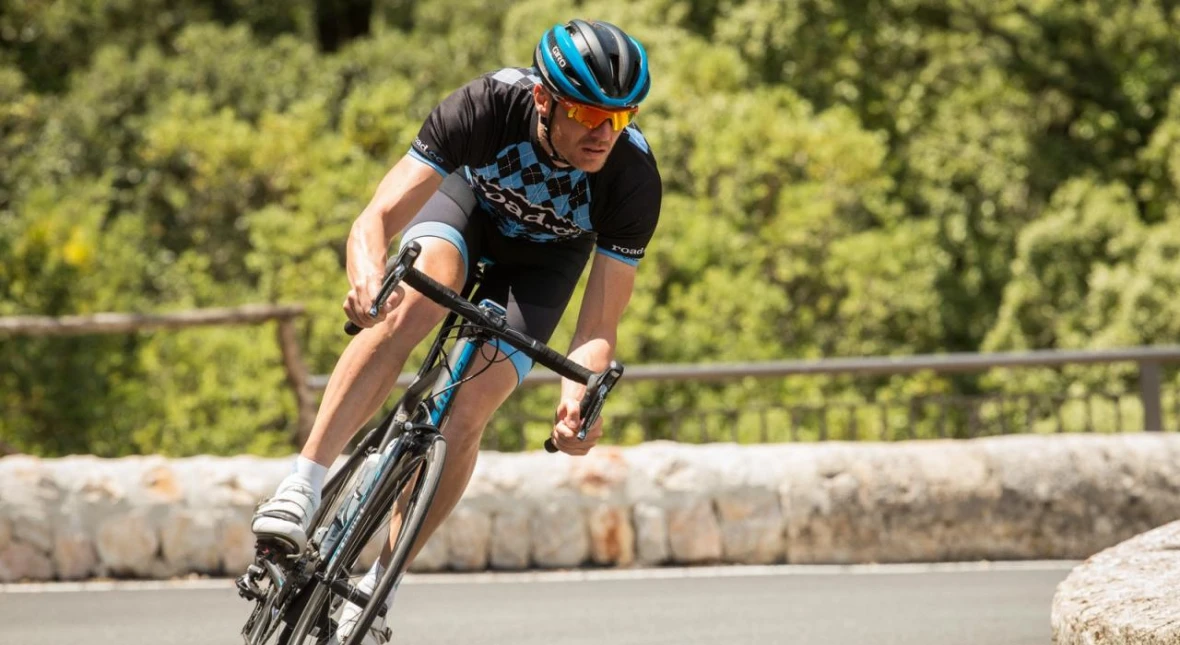
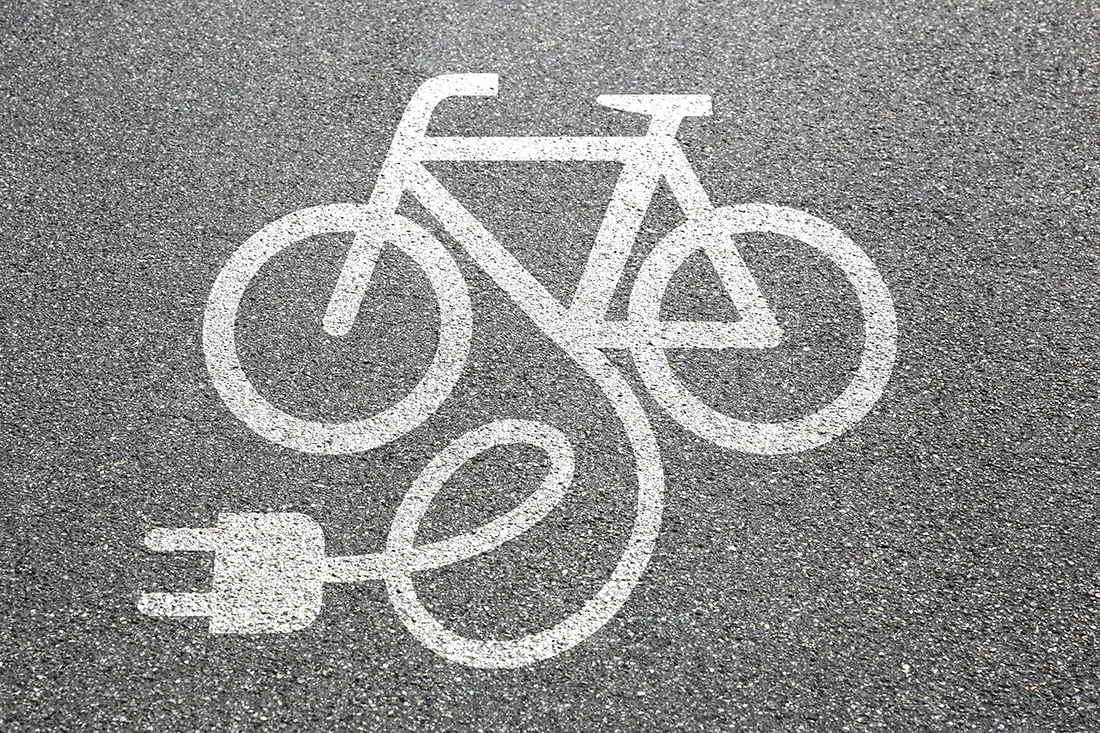
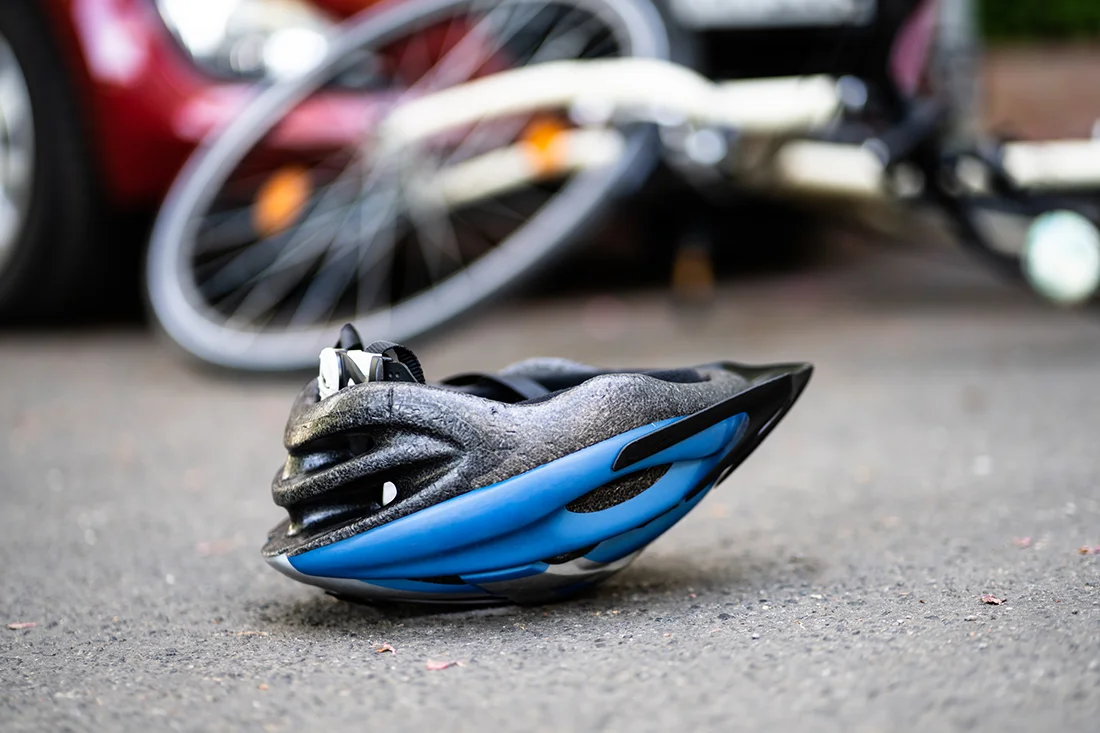

Thanks for explaining that one’s weight can have a lot of implications when taking up power-based cycling. I’d like to look for a power-based cycling coaching services soon because I’d like to strengthen the muscles on my legs. I think that will make the toning of my body more uniform.
https://rohcycling.ca/services.html
Hello,
Posting the power profiling tables without permission is a copyright violation.
Hi Andrew,
“I suppose you mean the info table with a caption to
https://cyclingtips.com/2017/06/just-how-good-are-male-pro-road-cyclists/
? We add a clear caption with a link to cyclingtips.com. However, we now dug deeper and noticed that it is published first in
https://www.trainingpeaks.com/blog/power-profiling/
under your name. Is that correct? Is the link back to your article enough, or should we remove your data table? “